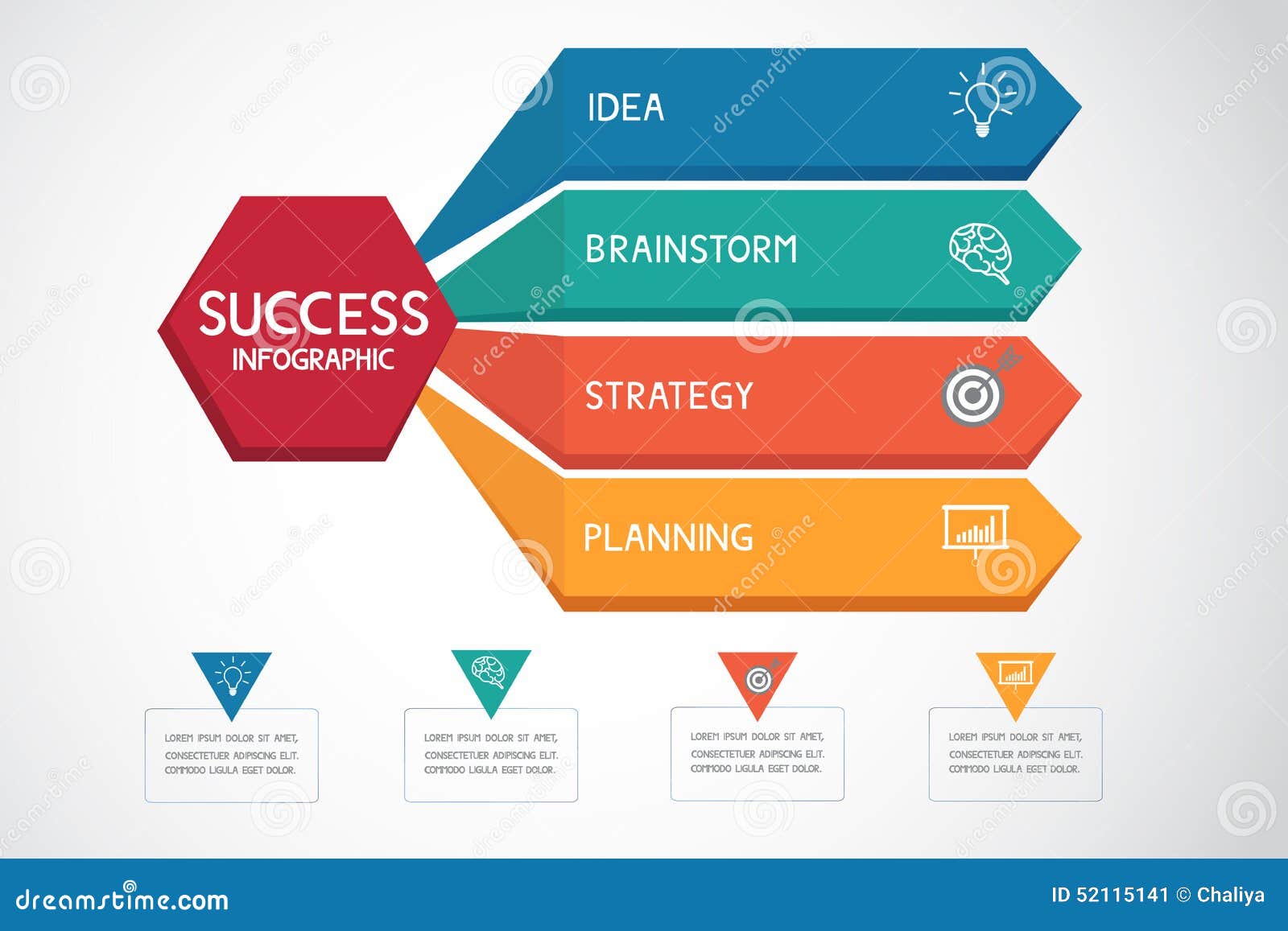Prepare To Trip Through Time And Find How Web Sites Have Actually Ended Up Being A Lot More Advanced, Straightforward, And Aesthetically Sensational
Prepare To Trip Through Time And Find How Web Sites Have Actually Ended Up Being A Lot More Advanced, Straightforward, And Aesthetically Sensational
Blog Article
Created By-Kahn Lunde
In the past, sites were basic and concentrated on details. Navigation was direct, and layout was for desktops. Currently, customer experience is essential. Data guides layouts for easy navigating. Receptive formats fit various tools. Today, dark mode reduces strain, and minimalist menus boost navigation. Interactive attributes involve users, and bold visuals stick out. AI integration enhances involvement. See how style has actually advanced to improve your online journey.
Early Days of Web Design
In the very early days of website design, simpleness reigned supreme. Web sites were fundamental, with minimal colors, typefaces, and layouts. The emphasis got on giving information as opposed to fancy visuals. Users accessed the web with slow-moving dial-up connections, so speed and functionality were key.
Navigation food selections were straightforward, normally situated on top or side of the web page. Websites were created for desktop, as mobile browsing had not been yet common. Web content was king, and designers focused on simple readability over intricate style components.
HTML was the key coding language made use of, and developers needed to work within its restrictions. Computer animations and interactive functions were very little compared to today's standards. Web sites were static, with little dynamic web content or personalized individual experiences.
Rise of User-Focused Style
With the advancement of website design, a change in the direction of user-focused design concepts has actually become significantly famous. Today, producing web sites that prioritize individual experience is critical for involving visitors and attaining business objectives. User-focused style entails comprehending the needs, choices, and habits of your target market to tailor the site's format, content, and features appropriately.
Designers currently carry out extensive study, such as customer surveys and functionality screening, to collect understandings and feedback directly from individuals. This data-driven method assists in developing intuitive navigating, clear calls-to-action, and aesthetically appealing interfaces that reverberate with site visitors. By positioning the individual at the center of the layout procedure, sites can provide an extra tailored and satisfying experience.
Responsive design has actually also become an essential element of user-focused layout, ensuring that websites are maximized for different gadgets and screen dimensions. This versatility boosts access and use, accommodating the varied ways customers communicate with websites today. Essentially, the increase of user-focused design symbolizes a shift towards producing electronic experiences that prioritize the needs and expectations of completion individual.
Modern Trends in Website Design
Check out the latest trends shaping web design today. One prominent pattern is dark setting layout, providing a streamlined and modern-day look while minimizing eye strain in low-light settings. An additional key fad is minimalist navigating, streamlining food selections and enhancing customer experience by concentrating on essential elements. Including relevant web-site -interactions, such as animated switches or scrolling results, can develop an extra interesting and interactive site. Responsive layout stays crucial, making sure smooth individual experiences across numerous tools. Furthermore, utilizing bold typography and unbalanced designs can add aesthetic rate of interest and accentuate certain web content.
Integrating AI technology, like chatbots for consumer assistance or customized recommendations, boosts user engagement and enhances procedures. Accessibility has likewise become a substantial trend, with designers focusing on comprehensive style practices to deal with diverse user requirements. Welcoming sustainability by maximizing web site efficiency for speed and performance is one more emerging trend in web design. Teaming up with https://www.google.com/maps/place/Moon+and+Owl+Marketing/@32.9757271,-106.5344695,1840583m/data=!3m1!1e3!4m6!3m5!1s0x864ddeaa4179705b:0x488d41d2cc6b9750!8m2!3d32.9757271!4d-97.5696258!16s%2Fg%2F11b6mpccrg?entry=ttu&g_ep=EgoyMDI1MDIxMS4wIKXMDSoJLDEwMjExNDUzSAFQAw%3D%3D and data analytics to repeat and boost design continuously is crucial for staying appropriate in the ever-evolving electronic landscape. By welcoming these modern fads, you can develop a visually appealing, user-friendly internet site that reverberates with your audience.
Verdict
As you review the evolution of site design from the very early days to currently, you can see exactly how user-focused style has actually ended up being the driving pressure behind modern-day trends.
Accept the journey of modification and adjustment in web design, always maintaining the customer experience at the center.
Keep existing with the latest patterns and innovations, and never stop progressing your approach to create aesthetically sensational and straightforward sites.
Evolve, adapt, and produce - the future of web design remains in your hands.
